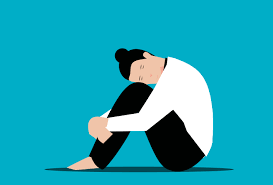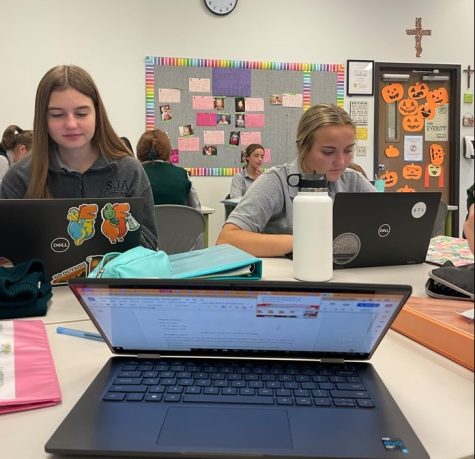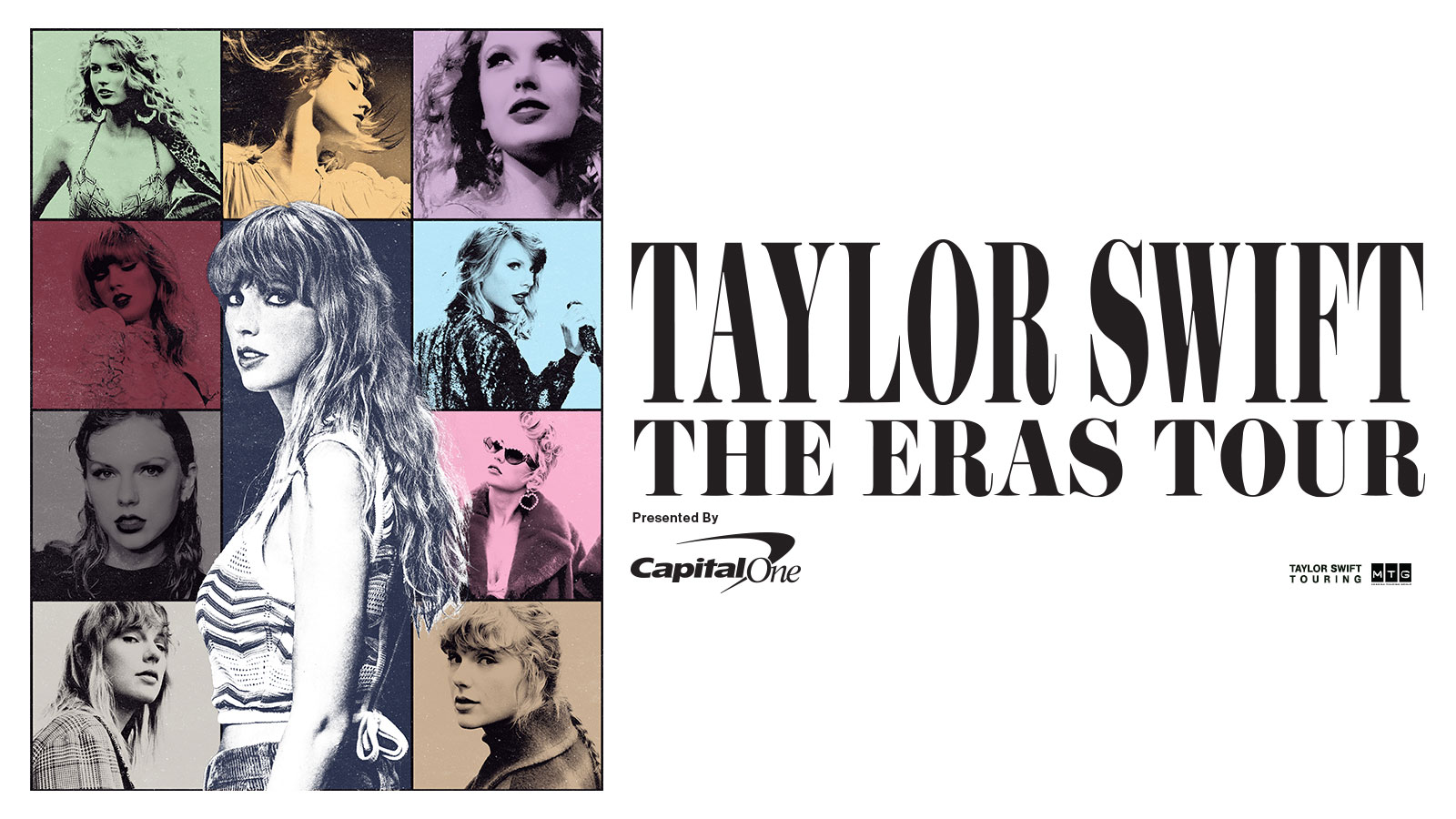Teen Anxiety and Stress

Shows the true struggle of anxiety.
January 11, 2023
Anxiety is a human bodily function everyone has and some experience in their daily lives. The same goes with stress, it gives us motivation to do the task. The difference between having anxiety and being anxious is determined by how a person copes with it.
Mrs. Kristen Versen, wellness counselor, hears daily about students’ anxiety and stress.
“100 percent of students have stress from school… but anxiety is different. It is nothing in particular to be stressed about but you still have that feeling of stress,” Mrs. Versen said.
According to the National Institute of Mental Health, 38 percent of females and 26.1 percent of males have anxiety disorder. On average 31.9 percent of teens are diagnosed with anxiety disorder and 8.3 percent of those teens resort to self destruction. In many cases, anxiety leads to depression and can take over the person’s life.
Jodi Glaus Pingle is a renowned therapist in St. Louis. She gave her professional insight about this topic.
“Nearly 1 in 3 adolescents ages 13-18 will experience an anxiety disorder. Research suggests depression and anxiety have doubled in youth since the pandemic,” Mrs. Pingle said.
Where does the anxiety originate? The obvious answer would be school and 83 percent of teenagers agree with that statement. Also, 10 percent of teens say that their stress brings their grades down along with their mental health. Utah, Connecticut, Louisiana, and New Jersey are just a few of the states that have banned or limited the amount of homework students can be assigned and have seen a great improvement in teen mental health.
The other 17 percent of the anxiety is attributed to social media use, friends, family, and other external factors. The rise in anxiety and depression has increased in the past 10 years because of social media. Girls’ confidence and body image has been affected negatively and results in poor mental health. In America, 6 out of 10 people say social media negatively affects their mental health and 64 percent of them claim to have major anxiety as a result.
Some signs of anxiety are irritability and distancing oneself from difficult or uncomfortable situations. Internal symptoms make many people think that they are ill or there is something physically wrong with them. Examples include panting, chest pains, nausea, headaches, dizziness, diarrhea, and many more.
Once anxiety is noticed it needs to be addressed, oftentimes by a professional The best way to cope with anxiety is talking to someone about the feelings you’re experiencing and getting professional help. Realizing that you are not alone in your feelings of anxiety and stress can help ground you. Speaking with your parents, wellness counselor, or a teacher can help you address issues of anxiety, stress, and other mental health issues. There is help available.

For a mental health crisis, please contact the BHR Youth Connection Helpline: at 314-819-8802 or Text: BHEARD to 31658. For The Crisis Text Line text: HOME to 741741. When self-harm is a concern, contact the National Suicide Prevention Lifeline: 1-800-273-8255.












